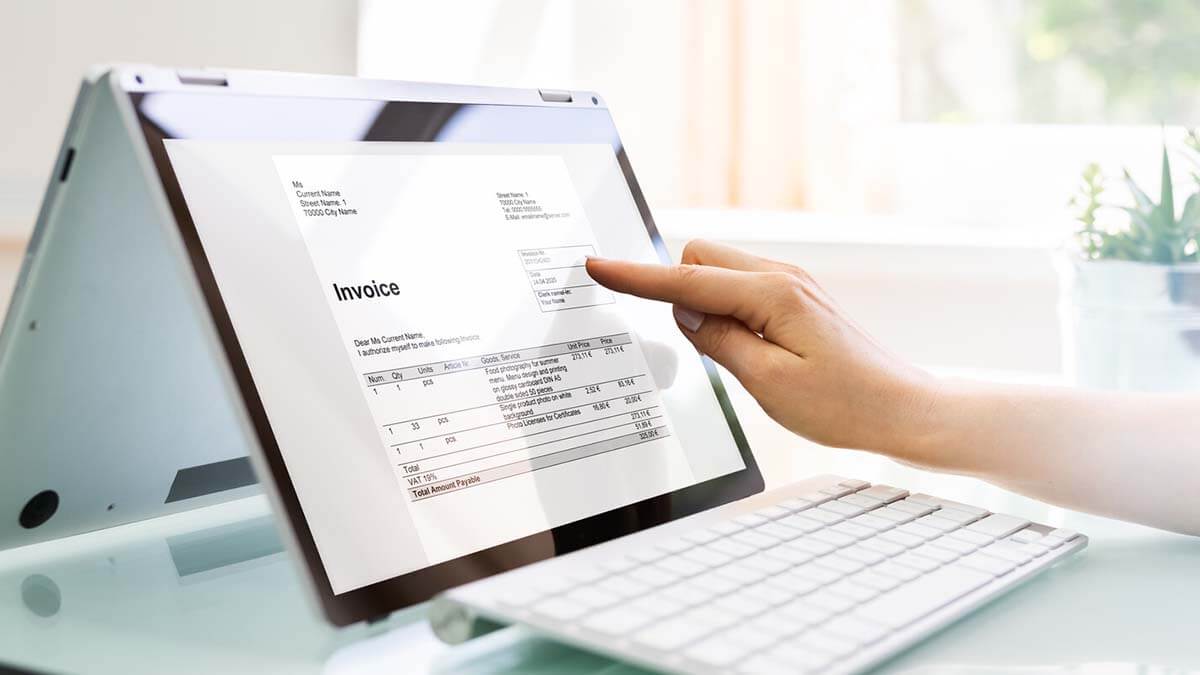As a business owner, you are responsible for handling many documents to keep your business’s finances on track. And if your company deals with business inventory, you’ll probably find yourself juggling both invoices and purchase orders.
Some business owners might think purchase orders and invoices are one and the same. Heads up: purchase orders and invoices are different documents.
If you’re eager to learn about purchase order vs. invoice, read on.
Purchase order vs. invoice
Many business owners confuse purchase orders and invoices.Although the documents have some similarities, they are vastly different. If you want to ensure you’re distributing the correct paperwork, you need to brush up on the differences between invoices and purchase orders.
Purchase order
A purchase order (PO) is a document buyers use to place an order. Buyers typically use POs when they order products from a seller or supplier. After the seller accepts the PO agreement, the document is usually legally binding.
A purchase order is chock-full of information. Purchase orders usually include:
- The date of the order
- A purchase order number
- Details of the products
- The name and address of the buyer
- The name and address of the seller
- Terms and conditions
- A signature
A purchase order may also list the type of product, product quantity, prices for each item, and delivery date (if applicable).
If you have loyal or long-term customers who frequently order the same products, you might use a standing purchase order. Standing purchase orders make it possible for customers to order the same products or services multiple times using the same PO number.
Invoice
Unlike a PO, an invoice is a document sent by the seller to the buyer. An invoice summarizes the goods and services the buyer purchased or agreed to purchase. Invoices notify your customers that their payment is due, which can help keep your cash flow steady.
An invoice is basically a bill you send to customers after they receive their product or service. If a customer purchases something without paying right away, send an invoice.
You can also receive invoices from vendors.
An invoice is used in conjunction with POs to indicate how much money the buyer owes to the seller. But unlike purchase orders, invoices usually are not legally binding.
If you’re a seller, you can create an invoice in response to a purchase order. Businesses that receive or expect payments from the sale of goods and services should use invoices.
Typically, businesses send invoices with a payment due date after goods or services are delivered. In some cases, you might send an invoice after agreeing on a PO.
Invoices typically include things like the:
- Issue date
- Invoice number
- PO number (if applicable)
- Quantity of goods ordered
- Price of each good
- Discounts (if applicable)
- Taxes (if applicable)
- Total amount due
- Name and address of the buyer and seller
- Seller’s signature
Each business’s invoice can vary, depending on what they offer. Keep in mind that your business’s invoice may have different information than another business’s.
Uses of purchase orders and invoices
Whether you’re a small business or larger organization, there are many reasons why you might use POs and invoices. Take a look at some of the reasons below.
Purchase order uses
Why do companies use purchase orders? You can use a PO to:
- Set clear expectations
- Manage and organize orders
- Help with budgeting
Companies might also use a PO to ensure they have backup documentation in case they are audited. POs can help clear up financial discrepancies and prevent audits.
Invoice uses
Why do businesses use invoices? You might use an invoice to:
- Keep a record of accounts receivable
- Help manage payments
- Track information in case of an audit
Invoices describe exactly what you are purchasing, allowing you to see where you might need to cut costs or improve spending habits.
With invoices, you can formally keep track of payments. You can see what goods and services were sold, how much money has been paid, and outstanding charges.
Process of using POs and invoices
Now that you know the main differences between the two documents, let’s take a look at the PO and invoice process.
For many small businesses, the invoice and purchase order process work hand in hand. The process depends on whether you’re a buyer or seller.
Buyers create a purchase order for the seller. The seller then provides the buyer with the products. After the buyer receives the products, they also receive an invoice from the seller.
The process for sellers is a little bit different. After the buyers create a PO, the sellers receive it. Once a seller receives a PO, they send the products and an invoice to the buyer for payment.
If you’re having a hard time understanding the process, take a look at the steps below. Use the acronym CRR to remember the steps for buyers. You can also use PSS to remember the seller’s steps.
Buyers:
- Create PO
- Receive products
- Receive invoice
Sellers:
- Receive PO
- Send products
- Send invoice
Accounting for purchase orders and invoices
Accounting for purchase orders and invoices is critical to keep your books in order. Two major accounts come into play with purchase orders and invoices: accounts receivable and accounts payable.
If you receive a PO, do not create a journal entry just yet. Instead, only create an entry when you ship the products or when the buyer receives them. This step depends on the terms and conditions you established with the buyer.
You must debit your accounts receivable account after you send the order to the buyer. Once you receive the buyer’s payment, reverse the entry by crediting your accounts receivable account.
Once you receive an invoice, credit your accounts payable account. After you pay for your order, reverse the journal entry by debiting your accounts payable account.
To keep your accounting books as accurate and organized as possible, keep copies of your business’s POs and invoices in your records. That way, if there’s a discrepancy, you can quickly reference the original document.
PO vs. invoice examples
Confused about the differences between purchase orders and invoices? Take a stab at the quiz below to test your knowledge on PO vs. invoice (no cheating).
1. Who creates the purchase order?
A. Seller
B. Buyer
C. Both of the above
2. Purchase orders can be legally binding. True or false?
A. True
B. False
3. Which of the following statements is true?
A. Invoices are created in response to a PO.
B. A purchase order is created in response to an invoice.
C. Purchase orders and invoices are created at the same time.
Answers: B, A, A
Accurate financial records help carve a path of success for your small business. Do you track important records, like invoices and purchase orders? With Patriot’s online accounting software you can streamline the way you manage your books. Get started with a free trial today!
This article has been updated from its original publication date of August 20, 2019.
This is not intended as legal advice; for more information, please click here.



